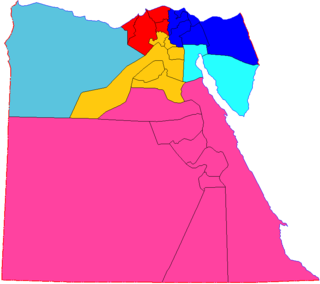This page is based on this
Wikipedia article Text is available under the
CC BY-SA 4.0 license; additional terms may apply.
Images, videos and audio are available under their respective licenses.
Battle of Wuhan or the Wuchang-Hankou Campaign Order of battle, (early June - November 12, 1938)
The Battle of Changsha (1939) was an unsuccessful attempt by Japan to take the city of Changsha, China, during the second Sino-Japanese War.
The Order of Battle for the Nanchang Campaign
Below is the order of battle for the Canton Operation, October to December 1938 during the Second Sino-Japanese War.
Peiking Tientsin Operation from the Battle of Beiping-Tianjin in the Second Sino-Japanese War.
The Order of Battle Peiking–Hankou Railway Operation
Order of Battle Tianjin–Pukou Railway Operation
This is the order of battle of German and Allied forces during the Battle of the Bulge — specifically, at a point near the end of the battle, which lasted from 16 December 1944 until 25 January 1945.
Order of battle for the Battle of Taiyuan in the Second Sino-Japanese War.
Order of battle for the Campaign of Northern and Eastern Honan 1938 during the Second Sino-Japanese War.
The Battle of Xuzhou was fought in May 1938 as part of the Second Sino-Japanese War.
Order of battle for the Central Hubei Operation, a battle of the Second Sino-Japanese War.
The following units and commanders fought in the Battle of Northern and Eastern Henan.
Tsaoyang-Yichang Campaign 1 May – 18 June 1940
The Zhejiang-Jiangxi Campaign was a military campaign fought from May to September 1942 as part of the Second Sino-Japanese War. This article in as order of battle, listing the present Chinese and Japanese military forces.
The Second Guangxi Campaign was fought between Japan and the Republic of China from late April to July, 1945.
This is the order of battle for the ground forces involved in Operation Crusader, a World War II battle between the British Commonwealth and the European Axis Powers of Germany and Italy in North Africa between 18 November – 30 December 1941.
Western Honan - N. Hupei Border Campaign

The Structure of the Egyptian Army depicted below focuses on operational organisation.




